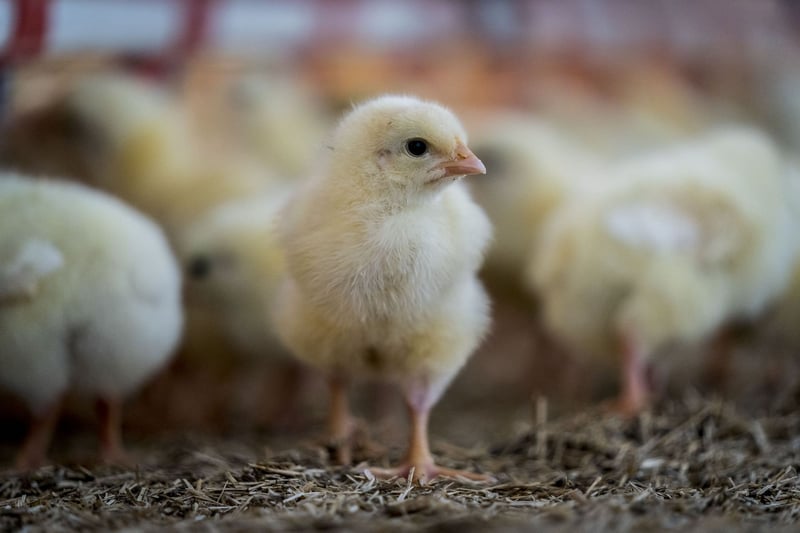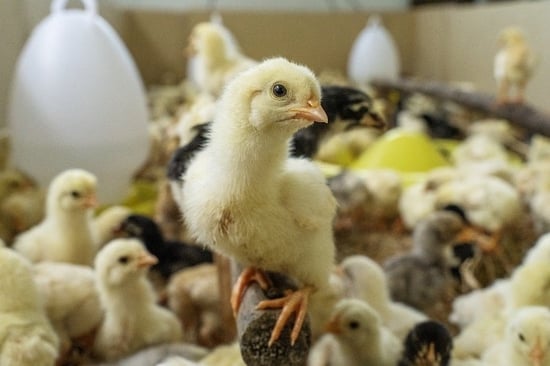
Why should we give a cluck about chickens?
News
Chickens are truly amazing and charming animals. Did you know that chickens can count, recognise different people’s faces and talk to each other?
It’s easy to take chickens for granted. There are 680 million bred in Australia every year, though most people don’t give them a second thought past being the food they eat.
But chickens are way more intelligent and sensitive than many people think. Here are three things you might not know about chickens:
Clever counters
Chickens are good at maths. Researchers at Italy’s University of Padova worked with newly hatched chicks and found that they could count and do simple arithmetic.
After hatching, the chicks were raised with five objects – small plastic containers from inside ‘Kinder Surprise’ chocolate eggs. After a few days, the scientists took the five objects and, in full view of the chicks, hid three behind one screen and two behind a second screen. They noted the chicks were more likely to approach the screen hiding more of the objects.
Next, they tested the chicks' memory and ability to add and subtract. After the objects were hidden behind the two screens, the scientists began transferring objects between the two screens, in the chicks’ view.
The chicks showed signs of being able to count. They understood how many objects were behind each screen and were more likely to approach the screen with the most objects behind it.
Counting is a skill often linked to animals that are considered more intelligent than chickens like chimpanzees and dogs. Even more surprising is that in some counting tests, chickens have done better than toddlers.
 Chickens at high welfare chicken farm (Image Credit: Valerie Kuypers)
Chickens at high welfare chicken farm (Image Credit: Valerie Kuypers)
Bossy business
Like people, and many other animals, different chickens have different personalities. Some birds are bold and feisty, others are shy and cautious. These personalities are key to helping chickens arrange themselves and their flock into a ‘pecking order’.
A natural chicken flocks consist of approximately 15 birds. The more dominant, bossy birds lead the pecking order. To establish their supremacy, they peck at submissive birds and pluck their feathers. They might also chase them away or steal their food. Submissive birds don’t peck back and often run away.
This may not sound like a nice group to be part of, but it’s their way to keep the flock safe and ensure everybody is looked after.
Talking points
Chickens are great communicators. They use at least 30 different calls and whistles to talk to each other. It’s usual for them to warn each other about danger and share information about food.
Mother hens are extremely protective of their chicks they call the little ones together, train them to recognise different types of food and warn them about predators. They will even fight predators like cats to protect their offspring
Chickens communicate with their bodies too. For example, if a rooster foraging for food finds something tasty and wants to attract a female, he dances for her.
Many chicken owners are convinced that chickens understand what people are saying too. They report individual chickens coming to them when their names are called and following commands like ‘up’ and ‘down’.
Mother hens are extremely protective of their chicks they call the little ones together, train them to recognise different types of food and warn them about predators
Chicken facts
Did you know chickens have been living with humans for more than 5,000 years and their closest living relatives to the Tyrannosaurus Rex?
Farm animal cruelty
From painful mutilations to rough handling and slaughter at a young age – animals on factory farms suffer on many levels.

